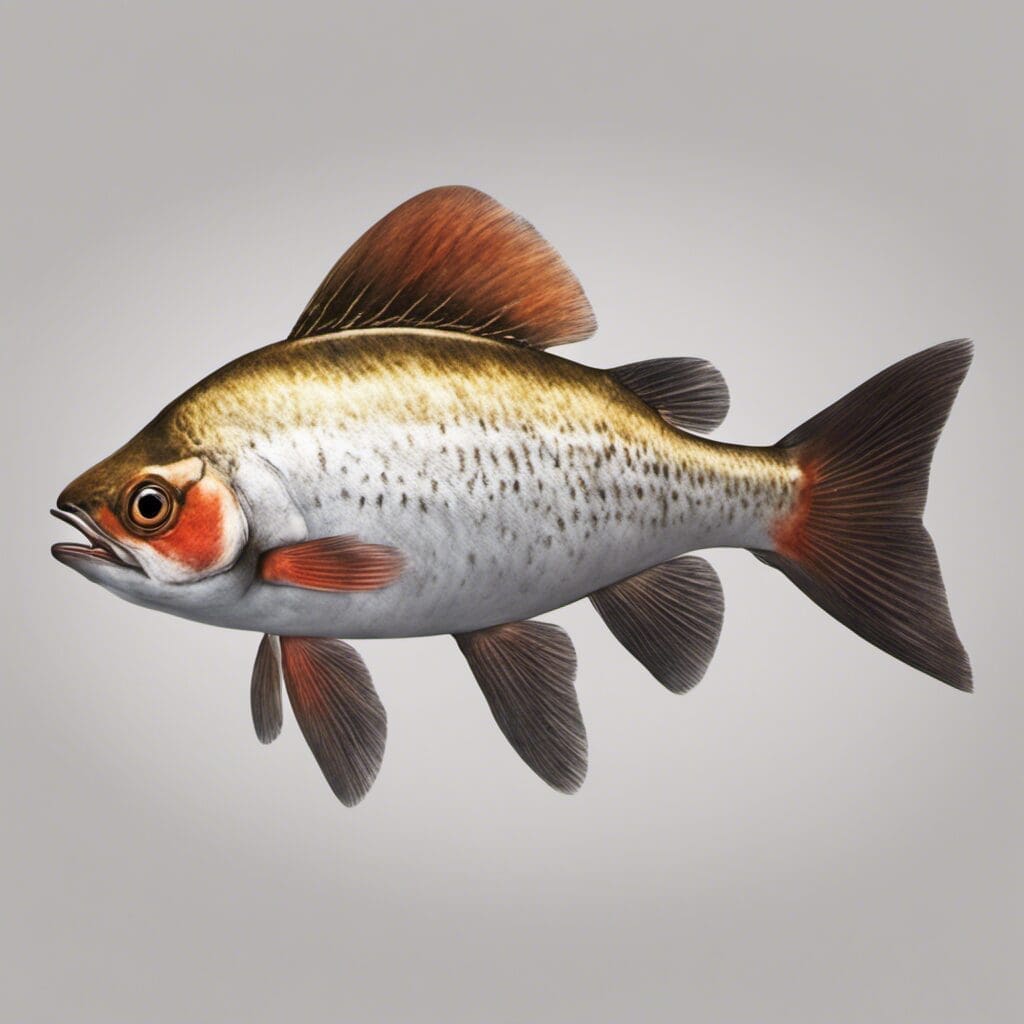Introduction
The Goldeye (Hiodon alosoides) is part of the Hiodontidae family, proudly standing as a humble yet distinctive feature among freshwater species in North America. This unique species has fascinated anglers and scientists alike with its golden-colored eyes and intriguing lifestyle.
Conservation Status
As of now, the Goldeye is classified as “Least Concern” on the International Union for Conservation of Nature’s Red List. This ranking indicates that, while the species may face certain threats, it is not currently in danger of extinction.
- Current Status: Least Concern
- Conservation Efforts: Subject to regular monitoring and protection, particularly in areas of habitat retraction.
Statistics
| Average | Range | |
|---|---|---|
| Length | 30 cm | 20-50 cm |
| Weight | 1 kg | 0.35-1.5 kg |
| Average Lifespan | 10 years | N/A |
Distribution
- Regions/Countries: Predominantly found throughout the central freshwater bodies of North America, including Canada and the United States.
- Migration Patterns: No significant migratory patterns are known. However, some movement across freshwater systems has been observed.
Habitats
- Water Type: Freshwater
- Depth Range: 0 – 5m
- Temperature Range: Prefers cooler temperature waters, between 10 – 20 C (50 - 68 F)
When and Where to See
Goldeyes are most active during the summer months. They can often be spotted during dawn and dusk, where they feed near the water surface.
Best Fishing Locations
Goldeye are prevalent in the following locations:
- Red River, North Dakota
- Lake Winnipeg, Manitoba
- Missouri River, Missouri
- Snake River, Idaho
- Saskatchewan River, Manitoba/Saskatchewan
General Tips: Look for goldeyes near the surface of the water during the early morning and evening hours. They are particularly active during the summer months.
How to Catch
- Preferred Bait or Lures: Small crustaceans, insect larvae and small fish are effective as bait.
- Fishing Techniques: Fly fishing, trolling, and bottom fishing are all successful methods.
- Best Time: Early morning and evening during the summer months.
Identification Guide
Goldeyes are recognized by their silvery coloration, forked tail, and their distinctive golden eyes. They are often confused with the mooneye species, although goldeyes are generally larger and have sharper teeth.
Culinary
- How to Cook: Goldeye is a popular fish for smoking.
- Taste Profile: Known for its rich flavor and moderately oily texture. It is often enjoyed in smoked form.
- Nutritional Information: High in protein, Vitamin D and Omega-3 fatty acids.
Additional Information
Goldeyes are predators that primarily feed on small crustaceans and insect larvae. They have robust populations and are not heavily targeted by predators, though they can fall prey to larger species like Northern Pike. There are no significant cultural or historical references directly associated with the Goldeye.
References and Further Reading
- FishBase – Goldeye (Hiodon alosoides)
- IUCN Red List – Goldeye (Hiodon alosoides)

